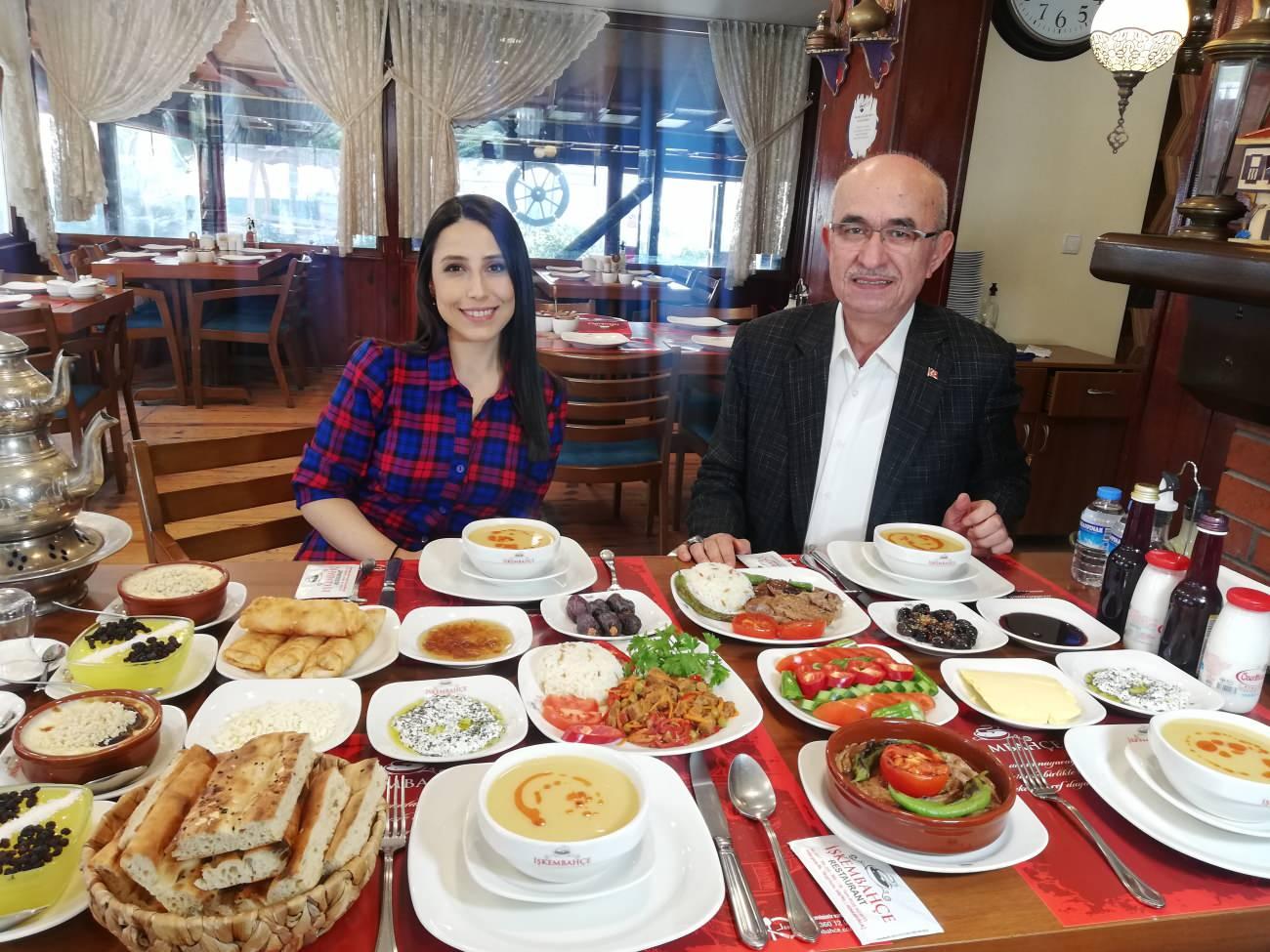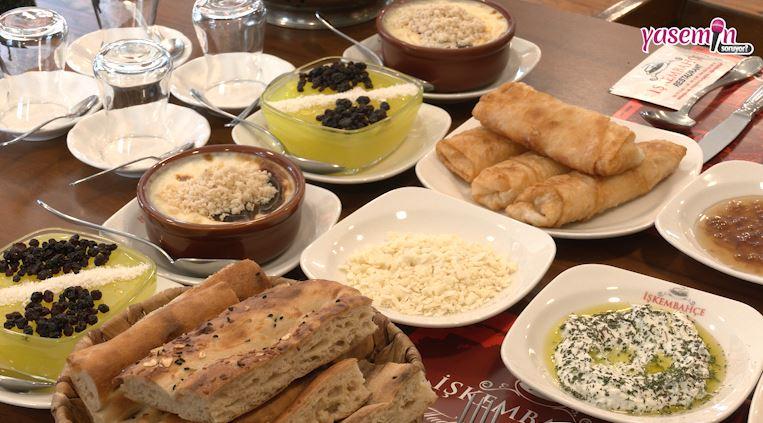The blessed month of Ramadan has arrived. The first question that came to mind was what should be considered in nutrition and how to have a balanced diet. We have searched for you who are wondering how to eat a meal without tiring the stomach after being hungry all day. Details are in our news…
CLICK HERE FOR THE VIDEO OF THE NEWS WATCH
The sultan of eleven months, nutrition is very important in Ramadan. In order to be more resistant to hunger and thirst experienced during the day, it is necessary to pay attention to the foods consumed at sahur and iftar.
The month of Ramadan, as the most precious month for Muslims, is a precious time period in which spiritual satisfaction is achieved, unlike physical hunger. In order to endure all this hunger and thirst comfortably, iftar is as important as the sahur meal. We, as Yasemin.com team, visited İşkembahçe in Göktürk to research how an exemplary iftar menu should be for you, and we made an interview with Business Owner Hüseyin Duran.

WHAT SHOULD BE ATTENTION TO WHEN BREAKING IFTAR?
- Drink 1 glass of water after breaking your fast with dates or olives at iftar.
- When you break your fast, eat a bowl of soup.
- Do not immediately take food on your plate after soup. Have a mini breakfast with Ramadan pita and iftar meals.
- You can choose cheese, olives, honey, jam, walnuts, any variety of delicatessen products you want for your iftar meals.
- Unlike fast food, a slow dinner divided into several meals should be eaten at iftar.
- If you wish, you can take a break from your meal for 10-15 minutes after drinking your soup, and after a little chat, you can have your meal cooked with healthy methods on your plate.
- Water need in Ramadan; Drinks and foods such as homemade fruit juice, seasonal fruits, soup, yoghurt should be consumed, and 2-2.5 liters of water should be drunk at intervals after iftar.
- During Ramadan, it is necessary to activate the digestive system, which remains inactive during the day. Fibrous foods such as nuts, oatmeal, prunes, apples, peaches, and bananas that regulate bowel movements should be consumed between iftar and sahur.

WHAT CAN BE IN AN EXAMPLE IFTAR MENU?
- Iftar
- Dates
- Dates
- Olive
- Cheese
- Pita
- Paçanga Pastry
- Sliced Salad
- Lentil Soup
- Rice
- Fried Tomato Peppers
- Roast Beef
- Lamb Stew (Alternative)